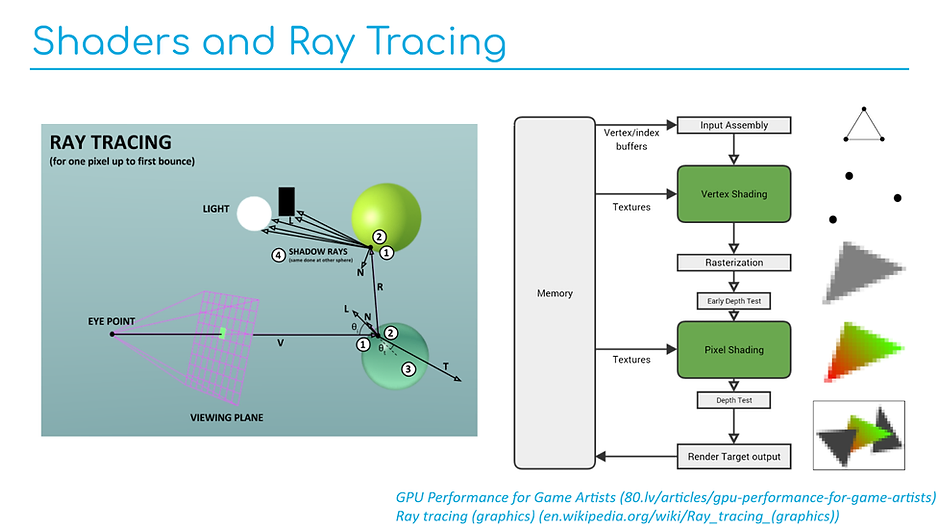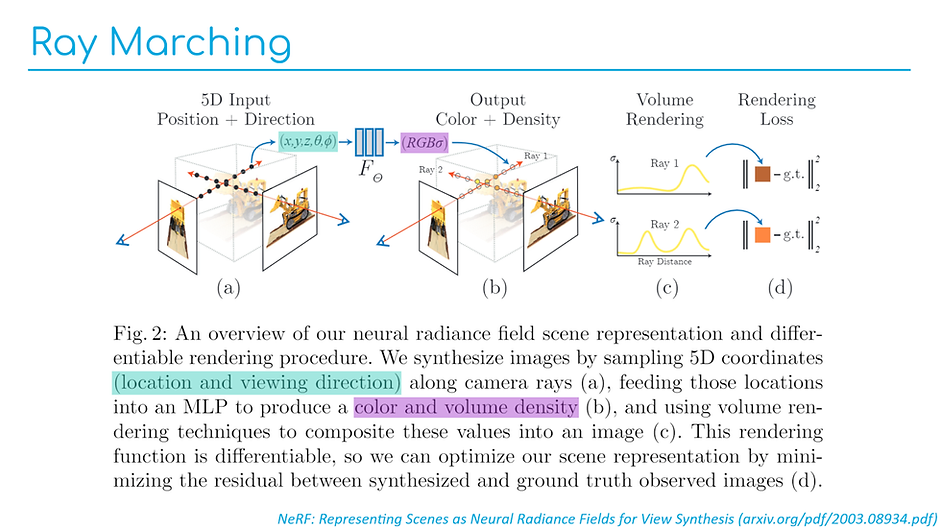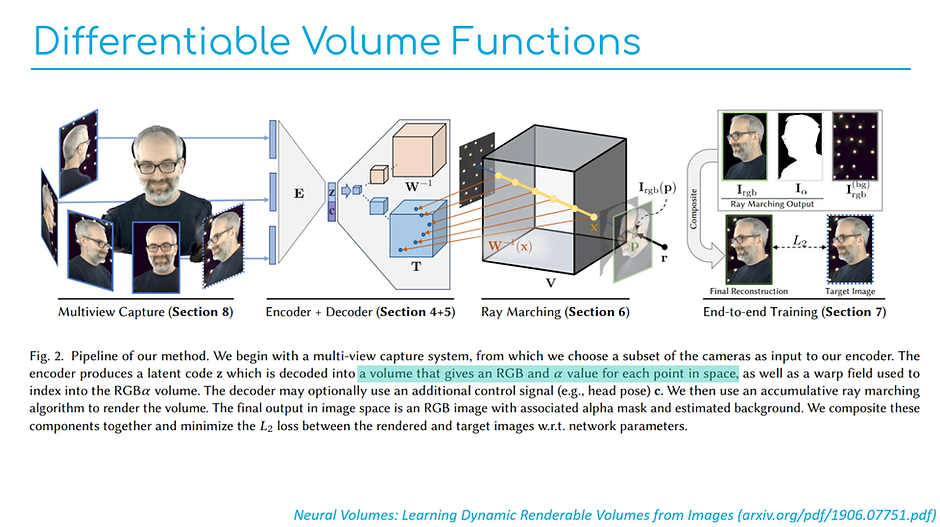BREAKING NEWS
LATEST POSTS
-
Epic Games to Pay Record $520 Million to Settle FTC Charges Over Child Privacy and Player Manipulation
“The Federal Trade Commission has accused the leading video game developer of manipulating young players into unintentional purchases, illegally collecting personal information of kids under the age of 13, and endangering children by connecting them with strangers in its hugely successful ‘Fortnight’ game.”
-
Cinesite group secures $235m funding package
https://www.televisual.com/news/cinesite-group-secures-235m-funding-package/
The Cinesite Group has agreed a new long term financial arrangement that ensures our ability to continue supporting our talent and customers across the world, which is a massive vote of confidence for the talent working within all the studios and what has been built within the Cinesite group
-
What is Neural Rendering?
https://www.zumolabs.ai/post/what-is-neural-rendering
“The key concept behind neural rendering approaches is that they are differentiable. A differentiable function is one whose derivative exists at each point in the domain. This is important because machine learning is basically the chain rule with extra steps: a differentiable rendering function can be learned with data, one gradient descent step at a time. Learning a rendering function statistically through data is fundamentally different from the classic rendering methods we described above, which calculate and extrapolate from the known laws of physics.”



-
How to learn to become a VFX artist
- Structure your learning time
- Consistency
- Retention
- Mental health
- Don’t feel intimidated
- Don’t feel rushed
- Be kind
- Luck is when preparation meets opportunity
-
Foundry Nuke Cattery – A library of open source machine learning models
The Cattery is a library of free third-party machine learning models converted to .cat files to run natively in Nuke, designed to bridge the gap between academia and production, providing all communities access to different ML models that all run in Nuke. Users will have access to state-of-the-art models addressing segmentation, depth estimation, optical flow, upscaling, denoising, and style transfer, with plans to expand the models hosted in the future.
https://www.foundry.com/insights/machine-learning/the-artists-guide-to-cattery
https://community.foundry.com/cattery
FEATURED POSTS
-
Rendering – BRDF – Bidirectional reflectance distribution function
http://en.wikipedia.org/wiki/Bidirectional_reflectance_distribution_function
The bidirectional reflectance distribution function is a four-dimensional function that defines how light is reflected at an opaque surface
http://www.cs.ucla.edu/~zhu/tutorial/An_Introduction_to_BRDF-Based_Lighting.pdf
In general, when light interacts with matter, a complicated light-matter dynamic occurs. This interaction depends on the physical characteristics of the light as well as the physical composition and characteristics of the matter.
That is, some of the incident light is reflected, some of the light is transmitted, and another portion of the light is absorbed by the medium itself.
A BRDF describes how much light is reflected when light makes contact with a certain material. Similarly, a BTDF (Bi-directional Transmission Distribution Function) describes how much light is transmitted when light makes contact with a certain material
http://www.cs.princeton.edu/~smr/cs348c-97/surveypaper.html
It is difficult to establish exactly how far one should go in elaborating the surface model. A truly complete representation of the reflective behavior of a surface might take into account such phenomena as polarization, scattering, fluorescence, and phosphorescence, all of which might vary with position on the surface. Therefore, the variables in this complete function would be:
incoming and outgoing angle incoming and outgoing wavelength incoming and outgoing polarization (both linear and circular) incoming and outgoing position (which might differ due to subsurface scattering) time delay between the incoming and outgoing light ray





